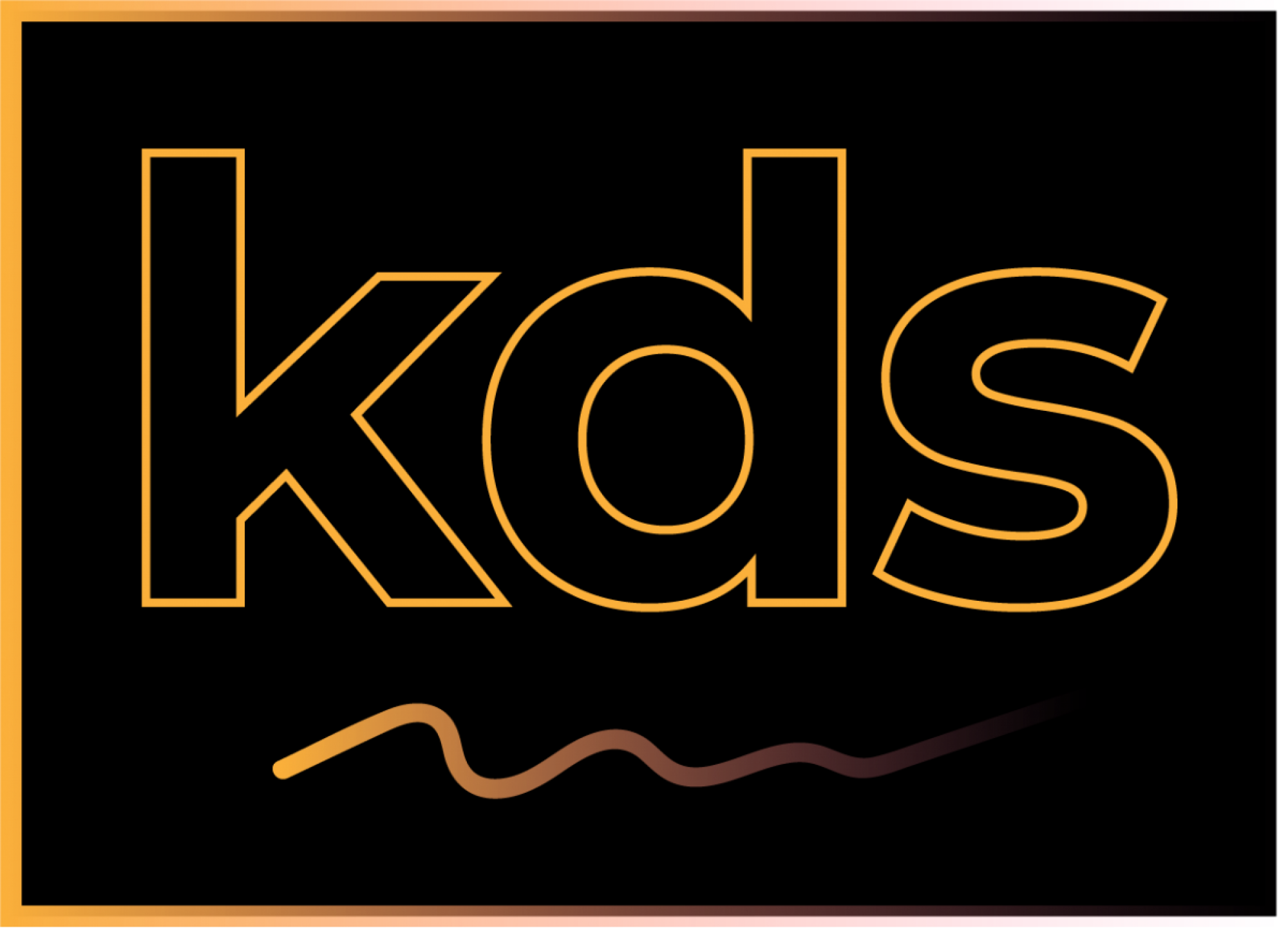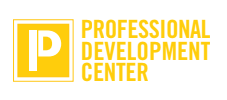Working at the Professional Development Center here at the school has been nothing short of professionalism and camaraderie. I was not required to sign a confidentiality or non disclosure agreement, nor was the paperwork ever mentioned or suggested. They have not placed any restrictions or had objections on the work I have created so far, going in the internship journal or on any class related platform. One thing however they were adamant about is that any poster work done must include the PDC logo and the school’s logo (as pictured below). The CUNY logo was only placed on certain flyers, not all, and we would be instructed on when we should use the CUNY logo.
When coming up with ideas for some of the ad campaigns they wanted revamped, my first inclination was of course to add visual imagery, which includes but not limited to, objects and people. After submitting each of the reworked posters for review to our internship site manager, I was only asked once where I got the photos from, and the only reason for that question was because they wanted me to change out one of the images to something they specifically had in mind. It was not because there was a concern of where the photos were sourced from. I only used photos from well known stock websites and google. However, I purposely didn’t choose images that had any copyrighted info. Also, the photos were altered to black and white and did not remain in its colored format. After reading the copyright section on AIGA, I now see that not because photos don’t have the copyright information means it’s not copyrighted.
I must say I found the use of illustrations, use of photography, and copyright chapters in the AIGA Design and Ethics Handbook very beneficial. It went into detail regarding the rights that belong to designers for their artwork and some caveats (i.e. putting certain clauses in your contract that prevents the client from having full or most of the rights to your work) that can work around you having all/most of your rights taken away by a client/employer. As a young and upcoming designer, I don’t know where life will lead — who knows, might end up on the client side — but this is good knowledge to have from the beginning of your career as a designer. I would encourage all designers to read these chapters.





